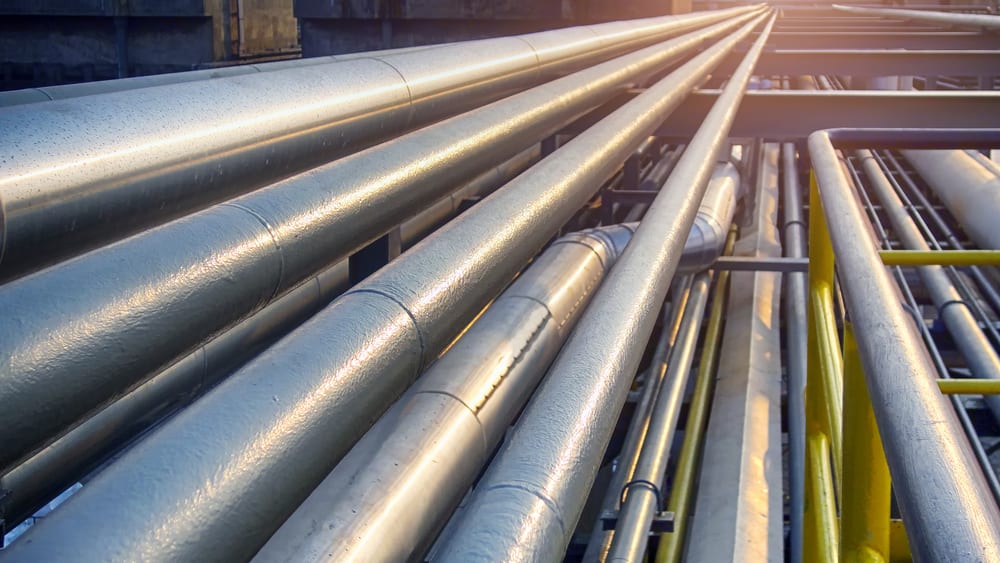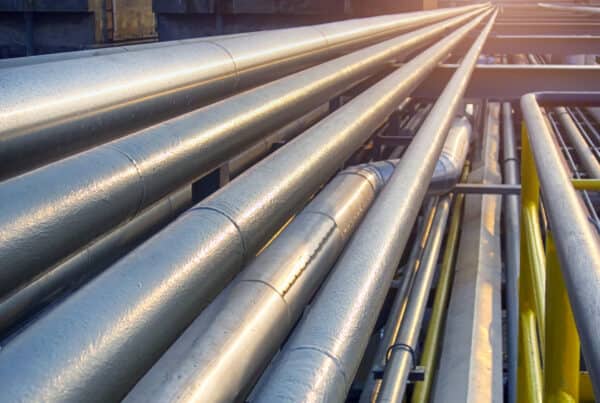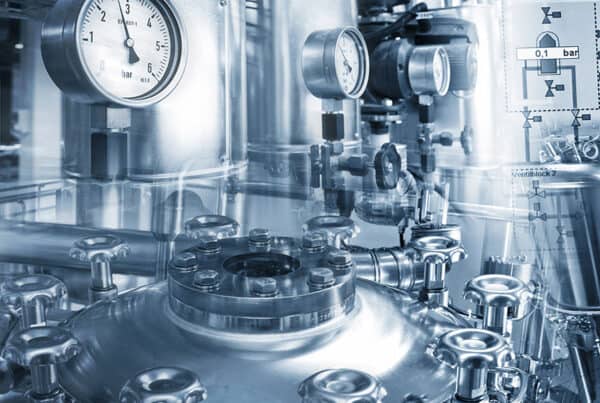
The best welders approach each welding task with an open mind because each process has unique requirements. Some applications benefit from slow processes such as TIG (Tungsten Inert Gas), while others utilize fast wire feed processes like MIG (Metal Inert Gas). Because a fixed welding solution may not always be an answer, experienced welders often must evaluate the welding needs for each material.
Welding professionals and industries should understand the difference between TIG vs. MIG welding and other wire-welding processes. This is especially important in pipe welding, where perfection is required to avoid accidents. Below, we’ll compare several approaches to increase our understanding of the most effective welding processes.
Different Types of Welding Processes
Arc welding is considered an ideal process for joining two pieces of pipe because the electric arcs can generate up to 6500°F temperature, which is high enough to melt both hard metals and electrodes for fusion. Commonly used arc welding processes include:
| Tungsten Inert Gas (TIG) | TIG uses a non-consumable tungsten electrode to create an electric arc. Desired for high-precision welding for a wide range of materials, TIG also supports clean joint formation with the help of shielding gas. However, the process can be slow and time-consuming. |
| Metal Inert Gas (MIG) | MIG uses a consumable wire electrode to form an electric arc. This process is known for its high deposition rate and clean weld. However, it is not suitable for welding very thin materials or while welding in vertical or overhead positions. |
| Flux Cored Arc Welding (FCAW) | FCAW is suitable when thicker welds are required. Using continuously wire-fed electrodes that function as flux means that shielding gas is not often required. As a result, the welding environment can affect weld quality. FCAW displays faster deposition rates compared to TIG. |
For different pipe and tube welding requirements, each welding process can offer unique advantages. Compared with traditional SMAW (Shielded Metal Arc Welding) for pipe welding, a wired process provides productivity and performance improvements.
Comparing TIG vs MIG Welding
Often, pipeline development projects experience strict deadlines. Weld supervisors may opt for wire-fed processes like MIG or FCAW to provide faster deposition rates than the conventional TIG process. With a continuous wire feed, the welding can be completed faster. These processes can be most effective when welding thick-walled pipe with a large diameter. However, manufacturers should consider more than just welding speed. MIG welds can introduce weld splatter, weld penetration, and sidewall fusion issues. When automated, proper wire feeding can become especially problematic. Without the correct programming and positioning, the issue of collision and damage of the MIG weld gun can arise within the weld cell. Similarly, FCAW can display porosity, backburn, or inconsistent depth of penetration without proper control.
TIG is often chosen over MIG and FCAW because it can provide weld parameter control and reduce the chances of weld defects. It is, however, a slow and time-consuming process with a lower deposition rate. Hotwire TIG can help manufacturers achieve higher deposition rates for faster processes. With the addition of automated processes such as orbital welding, hotwire TIG can enhance speed, quality, and strength.
Choosing the Process That Offers Optimal Weld Results
Maintaining a balance between weld quality and productivity can be challenging. For critical applications like pipe welding, weld quality is paramount. A potential solution to ensure both quality and productivity can be found by combining automation with hotwire TIG welding. This combination can enable excellent weld parameter control and a faster deposition rate. The optimal process—whether it is TIG vs MIG or other welding processes—should enable manufacturers to balance their high-quality welding requirements with productivity goals.
Arc Machines, Inc. is a leading provider of advanced orbital welding technologies that can increase quality and productivity for your welding applications. To identify your TIG vs MIG welding needs or to learn the advantages of using orbital welding for your application, contact us. To learn more about our products, contact sales@arcmachines.com. For service inquiries, contact service@arcmachines.com. Arc Machines looks forward to providing the equipment and services your project needs.




